Product Description
Intro
Cangkerang Penyu (the turtle shell) stands as an unmistakable symbol of Terengganu, an East Coast state in Malaysia known for turtle conservation. Its elegant curves, resembling a large clamshell, come together with the turtle’s fins to create an appealing floral motif. Simple yet rich in character, the motif captures the essence of both flora and fauna in a harmonious blend.
Background
Sea turtles, find their habitat in the tropical and subtropical seas that stretch across the globe. These ancient beings, estimated to have graced our planet for an astonishing 100 million years, carry with them the distinction of being referred to as living fossils, a testament to their enduring presence in the intricate tapestry of Earth’s biodiversity.
Within the borders of our country, four distinct types of turtles grace our shores. These include the majestic Penyu Belimbing (Dermochelys coriacea), the graceful Penyu Agar (Chelonia mydas), the intricate Penyu Karah (Eretmochelys imbricata), and the agile Penyu Lipas (Lepidochelys olivacea).
The phenomenon of turtle landings is a spectacle witnessed in several states along the Peninsula. Among these, Terengganu, Pahang, Johor, Negeri Sembilan, Melaka, Perak, and Penang stand as key locations where these ancient mariners return to the shores. Notably, Terengganu remains the paramount site for turtle landings in the Peninsula, with specific areas such as Redang Island, Perhentian Island, Geliga, Kerteh, Rantau Abang, and Setiu serving as crucial nesting and landing grounds for these magnificent creatures.
The Motif
The turtle shell, with its distinctive and intricate pattern, has long served as a fascinating source of inspiration for beautiful motifs in various art forms. Its unique shape and design elements carry both aesthetic allure and symbolic significance, making it a captivating muse for artists and craftsmen.
The turtle shell is characterised by its protective, resilient, and often symmetrical structure. The captivating patterns on the shell, ranging from swirls and geometric shapes to natural motifs, offer a visual feast for those seeking inspiration. The symmetrical arrangement of these patterns can be particularly appealing, creating a harmonious and balanced aesthetic.
Artisans often incorporate turtle shell motifs into various forms of expression, including paintings, sculptures, textiles, and even architecture. The motifs may be stylised or abstracted, allowing for creative interpretations that go beyond mere replication. The timeless elegance associated with the turtle shell serves as a timeless muse, transcending cultural boundaries and inspiring creativity across generations.
Whether it’s the delicate swirls reminiscent of ocean currents or the intricate details resembling nature’s own masterpiece, the turtle shell’s influence on art and design continues to endure. As artists draw inspiration from this ancient marvel, they infuse their creations with a sense of timelessness, connecting contemporary aesthetics with the enduring beauty of the natural world.
In many cultures, the turtle itself holds symbolic meanings such as longevity, wisdom, and protection. These symbolic attributes, combined with the visually appealing patterns of the shell, contribute to the motif’s popularity in art and design. The shell’s representation of a creature that has navigated the seas for millions of years, embodying resilience and endurance, adds a layer of depth to its symbolism.


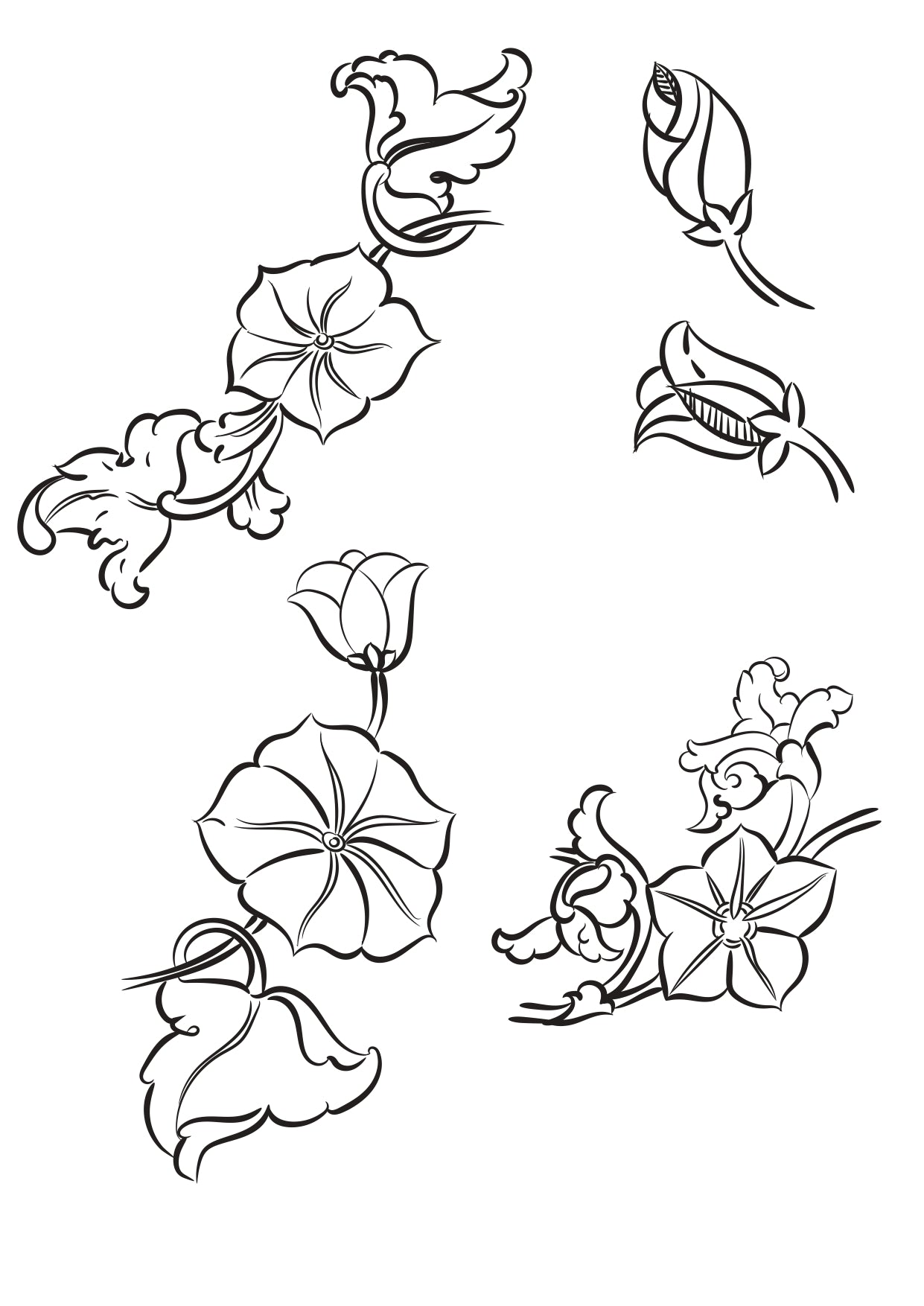

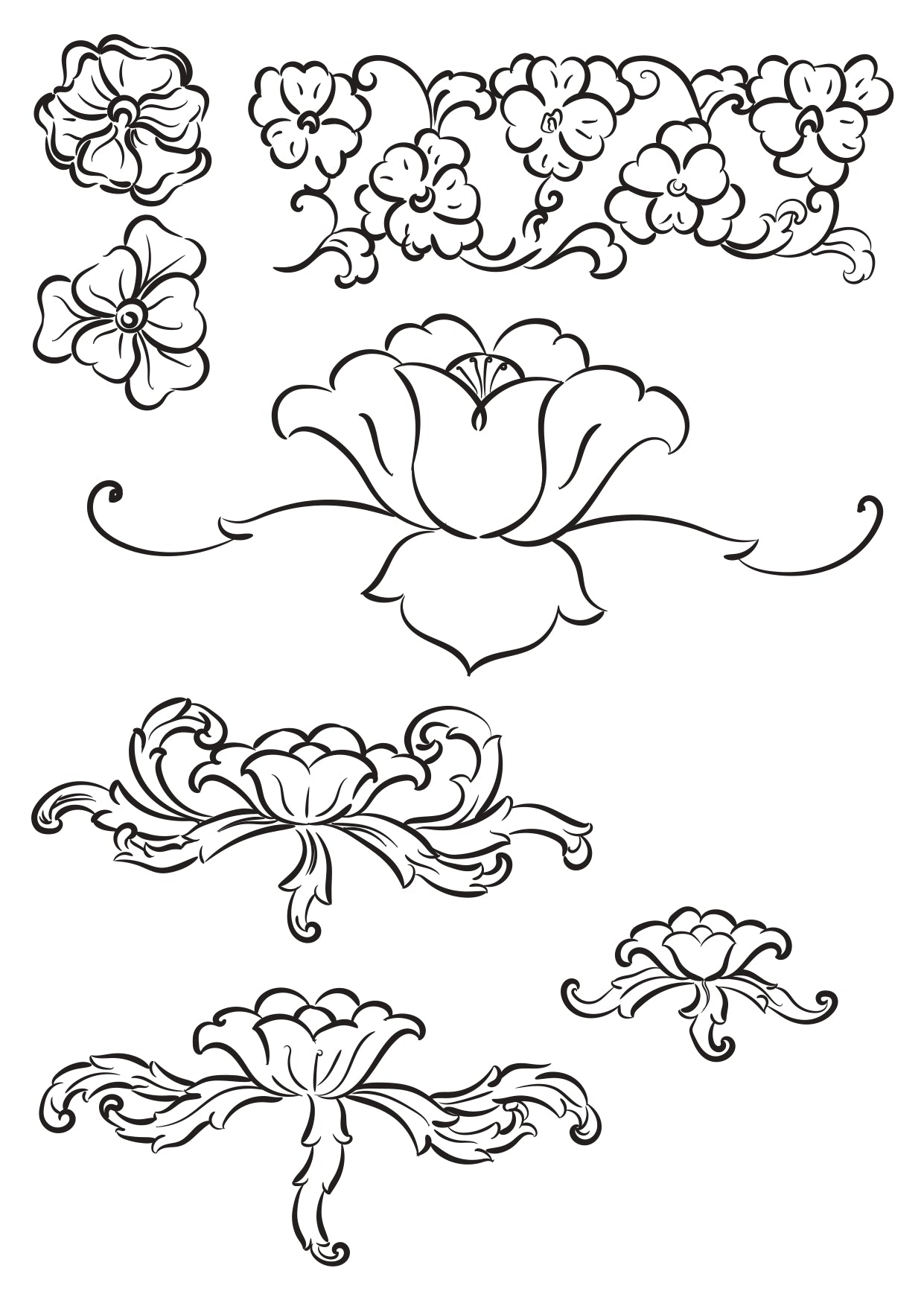
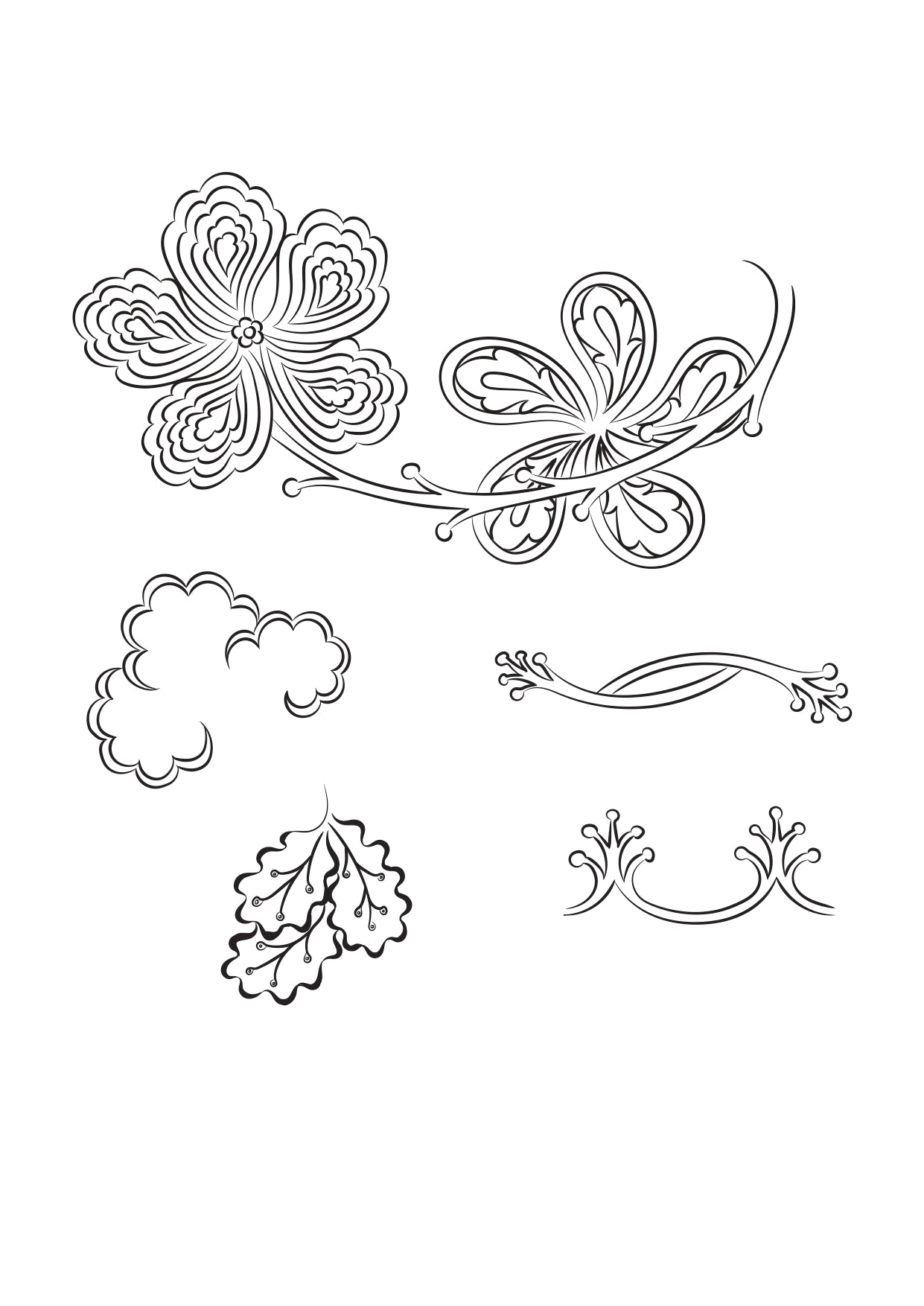
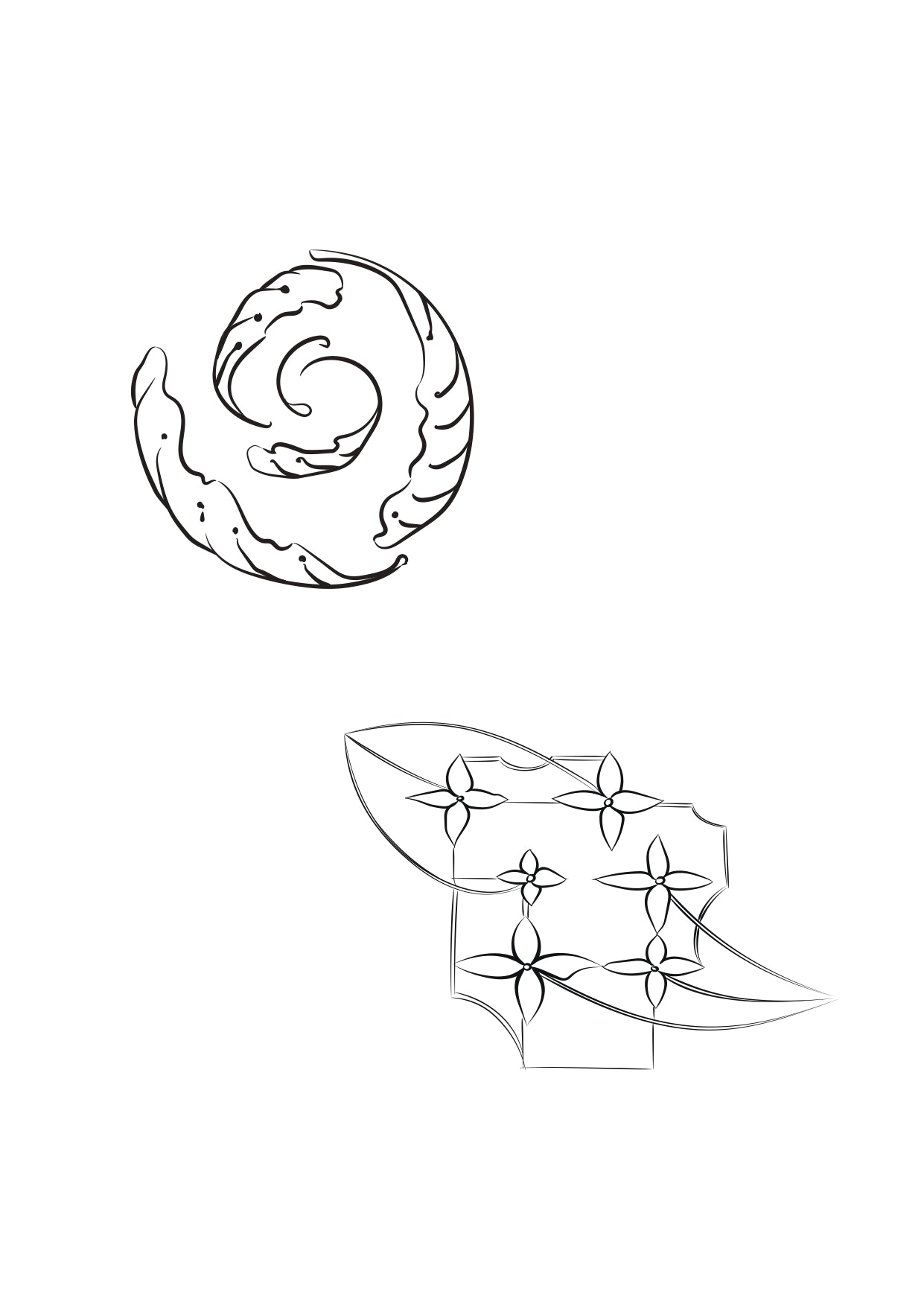
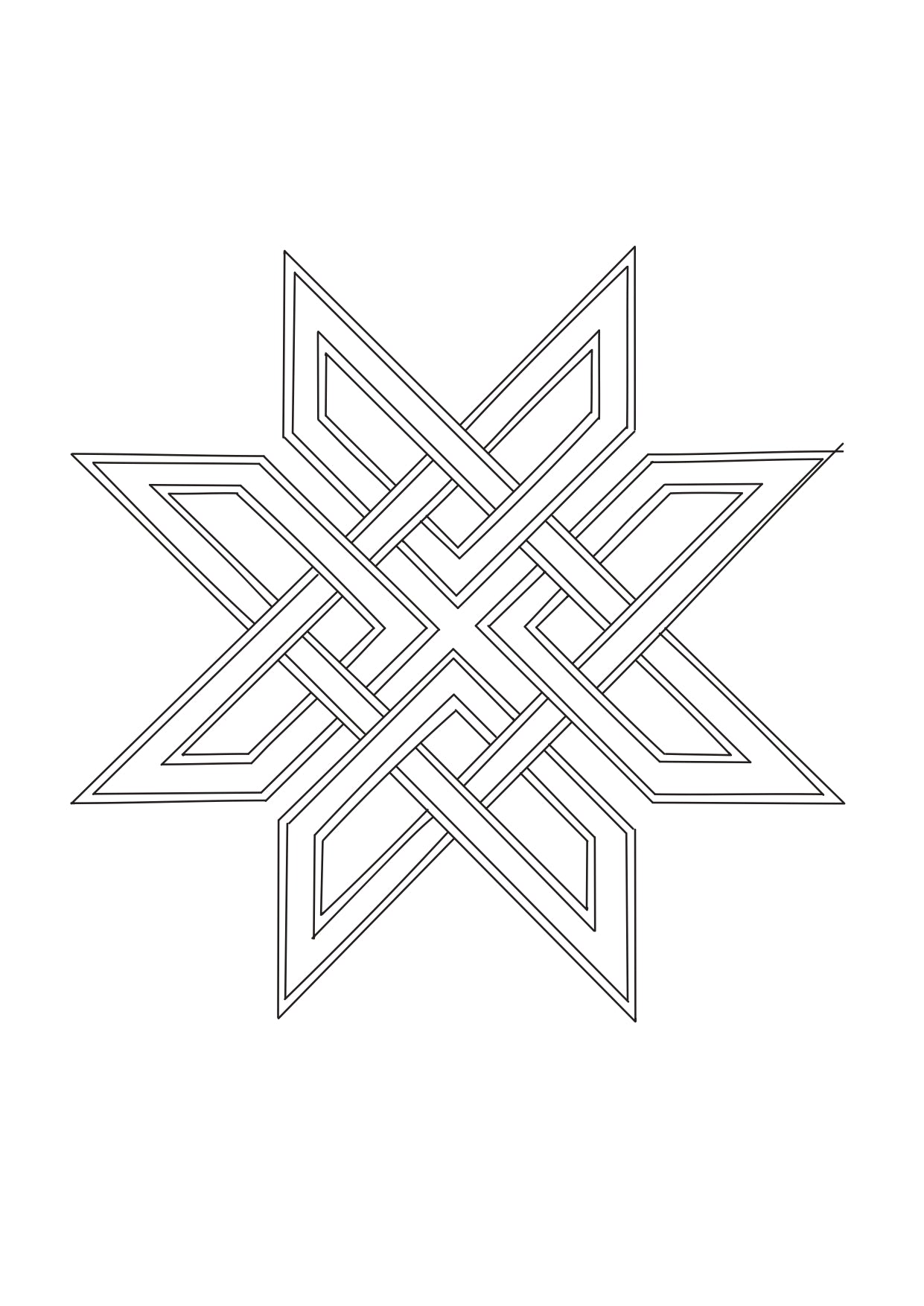
Reviews
There are no reviews yet.